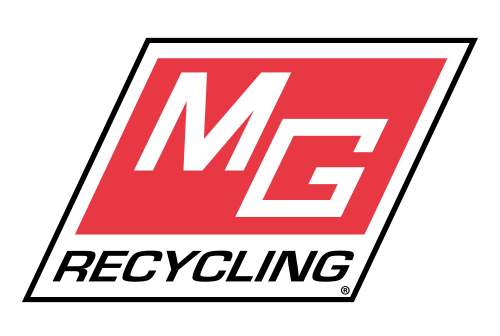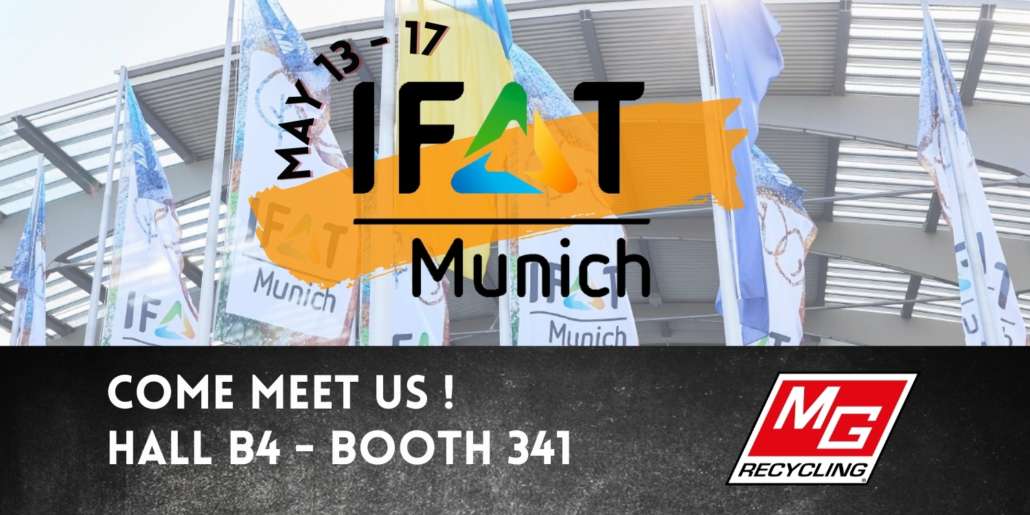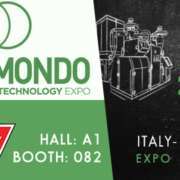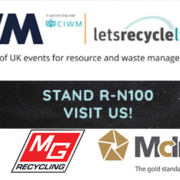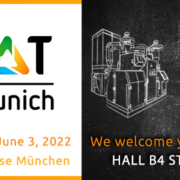MG Recycling a IFAT 2024 – Monaco (13-17 Maggio)
MG Recycling parteciperà alla fiera IFAT, che si terrà a Monaco dal 13 al 17 Maggio 2024.
IFAT è un evento mondiale per quanto riguarda il riciclaggio e l’ambiente.
Venite a scoprire le nostre novità!
Ci trovate alla HALL B4 – STAND 341
